|
Written by Evora Glenn, City of Missoula Type of Project: Retrofit Type of building: Single family home Systems electrified:
When Nick and Caitlin bought their house in early 2020 they already knew that solar and electrification were upgrades they’d want to explore. Nick had been interested in solar since he was a kid, he even won an award in his high school science fair by exploring how to optimize the photovoltaic effect – the process that our modern solar panels use to generate electricity. Caitlin also had an early introduction to renewable energy in Iowa where she grew up witnessing the utility-scale transition to wind energy. The opportunity to install solar at their own home felt like an empowering way to join the transition to clean electricity. Knowing their new home was heated by an old diesel furnace also spurred their plans to upgrade to a highly efficient air source heat pump when the diesel system would inevitably need to be replaced.
While going without was doable, it was also a wakeup call. They wanted to make the switch to solar and electric heat as soon as they could. By February of 2023, the furnace had reached the end of its operational life, spurring the urgent necessity for replacement. Moving forward with both upgrades at the same time was not only going to remove them from alarmingly volatile fuel prices, it was also going to save them money long-term. Nick ran the numbers on initial cost and energy savings over time. That clarity on the full economic picture was what finally empowered Nick and Caitlin to take the leap. They could see that they’d be better off economically by making the switch. Installing solar was particularly important in this calculus. If they had decided to only switch to the electric air source heat pump they would be saving a ton compared to their old diesel system, but they also knew that the price of electricity compared to the price of natural gas would have made a natural gas furnace the cheaper option up front, and to operate. That changed with solar. By installing solar at home, they could generate the additional electricity they’d need to power their electric heat pump, saving big on electricity costs. This reduction in cost made the switch to electric heating the best option cost-wise. After 10 years, they’ll have paid off the initial cost of their upgrades and will be paying next to nothing to heat and cool their home for at least the next two decades. Those are significant savings. While doing the upgrades together made the most sense financially, it introduced some technical complexity. They needed to work with a solar installer to quote them for a solar array that would meet their future electricity demand after they’d installed their electric heating, not their current electricity demand. Not all installers were interested in looking ahead and making estimates, but they were able to get traction with Solar Plexus who explored their options for solar development and let Caitlin and Nick know how much solar their home was suitable for and how much their future electricity need might be. That information was enough for Nick and Caitlin to make an informed decision on their solar array size. Beyond the technical considerations, Nick and Caitlin were also looking at financial resources to make these two upgrades at once and were supported by the Department of Environmental Quality’s Alternative Energy Revolving Loan Program as well as the new tax credits passed in the Inflation Reduction Act. The DEQ loan would cover the up-front cost of the solar and the heat pump, and the tax credits took 30% off the cost of both technologies.
This same tax credit also applies to highly efficient heat pump water heaters, which is next on Nick and Caitlin’s agenda. They hope to combine the 30% tax credit with a local Missoula City-County rebate that takes an additional $575 off the cost. With this next upgrade, Nick and Caitlin will be well on their way to an all-electric home powered by renewable energy. For them, joining the transition to electrification and renewable energy is also about the health and safety benefits. They’ve had more than one close friend or family member have a scare with their natural gas systems. In each case, a mechanical malfunction created high levels of carbon monoxide in their homes, a severely dangerous situation. They were lucky their alarms functioned properly and that they evacuated instead of going to investigate. Both Nick and Caitlin are looking forward to when they can rest assured that such risks will no longer be a concern in their home. Of all the different factors that encouraged them to make these changes, and all their motivations for doing so, Nick and Caitlin have one big piece of advice for other family’s looking to do the same: run the numbers. When they could see the whole economic picture, it made the choice a no-brainer.
0 Comments
Written by Homeowners Ted Catton & Diane Krahe When our methane gas (aka natural gas) furnace gave up the ghost in March 2021, we knew it was time to transition our house to electric heat. We live in a small Craftsman-style house in the slant streets. Previous to the furnace going out, we had improved our house’s insulation, replaced old windows, and, in 2018, we installed nine solar panels on the southwest-facing roof. But the solar power that is generated from our rooftop solar array is only enough to cover our electrical appliances, lights, and plug-ins. We knew that home heating is the big one for home energy use, and wondered what our electrical home heating options were and how many more solar panels we would need to power the system. Little did we imagine that we would talk to about a dozen different installers before finding the right one, or that we would need to do so much research for ourselves, or that we would go through the next winter without a major heat source in the house! That last point is our bottom line. Skeptics told us that we did not have enough rooftop for all the solar panels that would be needed to heat our house by electricity. But after one full winter of running the system with electricity purchased from Northwest Energy, we now know how much juice it takes. Another row of solar panels will take care of it. The first thing we learned in this process was that just about every industry rep you talk to wants to sell you a new natural gas furnace. Any installer will discuss clean-energy alternatives with you, but they will advocate for what is most economical, or what is most comfortable, not what is sustainable. So you learn a lot from them but you also have to do a lot of your own research and figuring (and advocating). The next thing we learned is that the heat pump technology comes in many varieties so you have to learn the ins and outs of ductless systems, inverter technology, air handlers, mini-splits, BTUs, kilowatt hours, and more.
We have a natural gas insert in our fireplace in the living room. We are keeping this for its aesthetics and as an emergency backup heat source. (We made it through the winter of 2021-22, the winter we were transitioning between systems, by closing off half our house and relying on this source to keep the living room and kitchen comfortably warm. For December and January, we moved all the house plants into the living room and rented another place to live.) Besides the insert, we still have a natural gas water heater. When it wears out, we will replace it with an electric one. We are learning to live with thermostats set at the same temperature all around the clock and with warm air coming out of the heat vents at about 100º F rather than 130º F. Instead of a growly furnace in the basement, now we occasionally hear a whoosh from the Freon gas shooting through the lines when it is very cold outside and the outdoor unit enters the defrost cycle. We were concerned about how much outdoor noise pollution the outdoor unit would make. It is quite minimal. We feel that changing our home heating system from natural gas to electric was something we simply had to do and we are pleased with the results.
When Marguerite and Andy had the opportunity to move their family of four from Washington, D.C., back to Marguerite's hometown of Missoula, Montana, they leapt at the opportunity. The move allowed them to be closer to family, (just down the road from Andy's mom and sharing a driveway with Marguerite's), and gave them the chance to build a methane-gas-free home under the very tree where they got married. Watch the video below to learn more about their small-footprint tree house and how it's already inspiring change in the lower Rattlesnake. Peter Gurche believes we all have a part to play in addressing the climate crisis. He's doing his part by helping to inspire others to rethink how they design and build their homes. Using the concept of the "Pretty Good House," Peter's all-electric home features a ducted heat-pump heating and cooling system, electric hot water heater, induction stove and heat recovery unit. Watch the video below to learn more. When Abby and Eric Huseth moved into their historic westside home, they were excited about getting solar panels to offset their energy use. They soon realized, however, that several of their larger appliances were fueled by methane gas and that initially, solar didn't quite pencil out. So they made a plan to begin transitioning their aging gas appliances to go electric. The first appliance they tackled was their hot water heater. This transition required the Huseths to upgrade their electrical service, which was a big step, but ultimately it was worth it. Moving from gas-fueled to an electric heat-pump water heater was more efficient overall and became the tipping point where solar finally made sense. Since then, the couple has added solar to their roof and they've committed to being a one-car family. When possible, they shuttle their two young boys around via a cargo e-bike instead of a fossil-fuel car. As Eric puts it, it's the "minivan of bikes." And the kids? They absolutely love it. Brandon and Bailey Zook, of Missoula's Northside neighborhood, are realizing a project that many would only fantasize about: converting their dilapidated garage into a fully electric Accessory Dwelling Unit (ADU). In order to maximize efficiency, the Zooks are taking extra steps during initial construction to ensure the ADU is airtight (with heat-capturing, intentional ventilation) so they're not using more energy than necessary when it comes to heating and cooling. The ADU will have three air-pump heating units, an induction stove and a tankless hot water heater. The goal is to install solar panels on the unit's south-facing roof to fully cover the electricity needed for the ADU and the main house. In their main house, the couple has plans to covert the mostly gas appliances to electric as they can, to further reduce their reliance on fossil fuels and lower their carbon footprint. Learn more in the video below! Type of Project: Retrofit Type of building: Single family residential System(s) Electrified Heat (boiler) Hot water Stove (induction) Solar Financing used: DEQ Alternative Energy Revolving Loan Fund When Jeremy Nichols decided to add on to his home, the decision to go all-electric felt like a no-brainer. Jeremy works on climate and energy for a national conservation nonprofit, and feels it’s important to not just fight for needed policy changes but also take action in his personal life as much as he can. Suffice to say, Jeremy had been dreaming about getting off of gas entirely for a while, and the house addition was his chance to go all in. Some steps towards his all-electric quest were easier, like swapping out his gas water heater for a hybrid heat pump-electric one. But figuring out all-electric heat was a bit trickier. He had a 20-year-old, gas-fired hydronic boiler system, with underfloor heating on the bottom floor and baseboard radiators upstairs. Originally, Jeremy looked into air-to-air heat pumps & mini-split options, but those would have required keeping the gas boiler as backup - something he was determined to avoid. So he did some research and, after some googling and phone calls, he had a promising lead on an air-to-water heat pump system, designed to operate in cold climates. Bingo! The company was Arctic Heat Pumps, and their closest local rep, Todd, was in Bozeman. When Jeremy called him up, Todd happened to know of a Missoula contractor who had installed these kinds of systems before - Marc Hauger at New Era Plumbing and Heating. Marc ended up doing the system design and installation. Luckily, there was space to mount the heat pump outside and expand the utility closet inside. The heat pump is technically rated to operate down to external temperatures of -15 degrees F, but Jeremy did opt to install an on-demand electric backup, though he doesn’t anticipate having to use it more than a handful of times a year. There are some differences when it comes to operating a hydronic heat pump system. The water temperature maxes out around 120 degrees, versus a typical gas boiler system that can get up to 180. That means you don’t want too much variability between the temperatures it’s set at over the course of the day (smaller “setbacks,” in energy efficiency lingo), so that the system runs more consistently and doesn’t have to work as hard to heat and cool. This improves efficiency and helps maintain consistent temperatures inside the home. Jeremy found he also needed to replace his old baseboard radiators with modern European-style ones; these have more surface area which makes it possible to harness the full heating ability of lower water temps.
With the big item of heating checked off his electrification list, Jeremy kept going. He swapped his old gas range for an induction one, which he loves. Since his home would be using a lot more electricity, he decided to go solar too; his system was installed with the goal of covering 100% of the home’s annual electricity needs. And as the house was under construction anyway, it made sense to add a bunch of insulation to the upstairs level. Finally, the day came when Jeremy turned off the gas to his home for good - and removed the meter too, just for good measure. One bonus of the new heat pump? It can also cool. Jeremy doesn’t anticipate needing to use this feature much, since the bulked-up insulation should keep the house from getting too hot. But it’s a great option for wildfire smoke season when he doesn't want to open windows to cool down. Jeremy’s advice? You don’t have to go all the way if you want to go electric - you can go step by step, and it will look different for everyone. The more people take steps, the easier it will be for everyone else. Jeremy is honest about the unknowns of this project - particularly financially. He is confident that it will pay off in the long term, but he won’t know whether it will save money in the short term until going through a couple of seasons with the new systems in place. Regardless, it’s been worth it to be able to walk the walk when it comes to his values. As Jeremy put it, “My job is to try to put the fossil fuel industry out of business. We do that through policy and litigation, but it’s nice to make some personal choices that have an impact, too.” Type of Project: Existing home update
Type of building: Single family residential System(s) Electrified: Solar PV When we put out the call for Electrify stories, Mike responded. We’ll let him explain the story of going solar - and dreams for further electrification projects - in his own words. I’ve been thinking about a solar installation for a couple of years. In September 2021 I attended the Climate & Clean Energy Expo at Caras Park Pavilion. I think there were two things I learned from the education forums that tipped the balance for me:
We invested in a system with 13 panels and infrastructure to easily add 5 more panels (18 panels total) for future demand as we convert to more electric use supported by solar. You can see the 5 empty bays in the photo. Our general plan going forward is to replace our gas boiler and gas water heater with hot water heat pump technology. Both these gas systems are about 8 years old. Given technological changes, policy changes, progress within the industry, and current supply chain disruptions we decide that we will convert to hot water heat pumps 3 years from now along with the installation of a battery system. Of course, we will take advantage of any change or incentive to move earlier should that occur. All of this is also incentive to invest in a small electric vehicle. Out of finally getting solar installed, the biggest change for us has been in attitude. It makes a difference when I can look out our window and see what is powering our slow cooker or washer. There is a direct connection (no pun intended). I’m sure I would feel differently about electricity from fossil fuels if I saw the emissions from my use of electricity directly over my house. The key to my success was attending the Climate and Clean Energy Expo and being able to talk directly with others who have installed or are thinking about installing solar systems (question and answer sessions), and the ease of talking directly with a local vendor about installation. It made the whole process easier. Now that we have moved in the direction of solar, I can only encourage others to learn and investigate true energy independence. Project Type: Residential Retrofit System Type: Hybrid Electric Hot Water Heater, Induction Stove, Electrical Service Upgrade, Solar PV Array Contractor(s): SBS Solar, Plumb-Tech Plumbing and Heating (Hybrid Electric Hot Water Heater), Pete's Electric (Upgrade electrical service from 100 to 200 amps, install circuit for new hot water heater), Fred's Appliances (Frigidaire induction range)
Besides the solar upgrade, their recent project included upgrading the home’s electrical service from 100 to 200 amps, swapping a natural gas hot water heater that was due for replacement with a hybrid electric one (a Rheem 50-gallon ProTerra hybrid electric hot water heater, recommended by the contractor), and replacing an electric range with an induction range. Today, the existing natural gas furnace is the only appliance that’s not electric. With the help and prompting from friends at Climate Smart, and an array of contractors, (more than half a dozen!), they completed their project on time and on budget. Bert commented that the biggest barrier “was simply getting up the gumption to face all of the tasks required to complete the project we envisioned.” This isn’t the first time we’ve heard from homeowners about the sometimes overwhelming and complex web of decision-making that comes with retrofitting and upgrading to electric appliances. If you’re interested in upgrading to electric systems and aren’t sure where to start, we’ve outlined a few key considerations on our "resources for homeowners" page. In terms of financing, Bert and Kristi were comfortable with the fact that the new solar panels would pay for themselves over the next decade or two, assuming that "net metering" remains in place. They did have to both upgrade their electrical system and seal the natural gas supply before converting their natural gas hot water heater to electric, which added cost on top of the upfront cost of the new water heater ($1,500). All said and done, the new hot water heater with its additional installation costs makes for a long, if not unresolvable, payback period however; however, they have not paid for electricity since their solar installation was upgraded this spring! They had originally planned to complete the project using their savings, but ultimately decided to take advantage of the MT Dept. of Environmental Quality’s Alternative Energy Revolving Loan Program. They also received federal tax credits for the 2021 tax year.
As for the induction range, Bert says they chose a Frigidaire model because “it was thousands of dollars cheaper than competing brands and because one became available on short notice.” Induction ranges typically have to be ordered, and they can take months to arrive. Choosing a location for the new hot water heater was relatively straightforward: “It went right where the natural gas water heater had gone in our basement. Our basement is entirely open, is unheated, and has no one living in it. There’s plenty of room to draw air into the water heater’s heat pump and there’s no one nearby to be disturbed when the fan goes on.” Their basement temperature maintains a steady temperature between 50-55 degrees which helps performance in the winter. And for Homeowners looking to do something similar? “Decide what you’re trying to accomplish, the best means to do so, and move ahead. Remember, the changes you make to your home aren’t just for you. They will probably be in place for the lifetime of your home. The environment will benefit for generations, even though your personal benefits may just be for a few years until you sell your home.” - Bert Lindler and Kristi DuBois Project Type: Residential Retrofit System Type: Ground-Source Heat Pump Contractor: New Era Plumbing and Heating Local Missoula residents, Tim Skufca and Marta Meengs, recently began the process of switching out their gas furnace for a ground-source heat pump. Their goal is to eventually become completely independent from natural gas! From navigating funding sources to dealing with mouse-poop ductwork, Tim and Marta decided to take on a system retrofit that would benefit them, future residents, and the environment in the long-run. Read through the Q&A to learn more about their ongoing project, experience, and advice for Missoulians looking to make the switch. 1). What initially prompted you to make the switch to an electric system?
Both the need to replace the outdated furnace AND the desire to completely disconnect from natural gas. 2). What resources helped you along the way? A plumber friend and a ground-source guru (Marc Hauger, New Era Plumbing and Heating) explained the system to us, he designed it and built it. 3). What were some of the barriers you ran into? The cost is certainly an issue, but with a great government loan program (low rate) and a 30% tax rebate (in 2021) it made it a little bit easier, especially factoring in the cost of a new furnace that we needed to do anyway. 4). What sort of funding resources did you take advantage of? There was a federal loan program* that offered a maximum of $40,000 at a <4% interest rate. We borrowed the entire $40,000 (which helped renovate our kitchen, and installed in-floor hydronic heat, drilled a well, and reconfigured the entire mechanical system of the house). *Note: We believe that this is actually a loan program through DEQ, not a federal loan program. 5). Did you consider the payback period of your system (long-term vs. short-term costs)? The R.O.I. (return on investment) only makes sense on a long-term basis. When we installed the ground-source system we didn't expect an energy cost savings. Our electric bill increased, but the gas side of the NorthWestern bill was gone! It took a month for NW Energy to come out to our house and lock the gas line, otherwise we still were charged certain gas fees. HOWEVER, since installing the 25 solar panels (2 years ago), we have not paid NorthWestern ANYTHING!! But, again, even considering zero energy payments, Marta and I will probably be dead before those savings equal the cost of getting this house to net-zero. This is key: one does not strive for net-zero for energy-cost savings. The cost does not pencil out. The REAL reason is to do it for the house. We recently moved out of that house and are renting it. Those renters pay nothing for their power, as will all generations to come. 6). Did you apply for any rebates or financial incentives through your utility? We just learned that there is a ground-source incentive via NorthWestern Energy, and we are certainly going to tap into this for our current project. 7). Did you see any change reflected on your utility bill? Not much change until we installed solar panels two years ago. Since then there have been negligible payments to NorthWestern Energy. 8). To what extent are you tying your system to on-site solar? Our ultimate goal is to be off-grid. We are waiting until the battery technology gets a bit better. 9). Did you pair your electric system with “smart” controls (ie. programmable thermostat)? We have a "Nest" thermostat, which can do WAY MORE than we will ever tap into. 10). Has your ground source heat pump affected your household’s thermal comfort? The comfort comes from converting from gas forced-air furnace to in-floor heat. Having the floor warm allows the thermostat to be much lower in the winter. With a furnace, the temperature fluctuates from too warm to too cold all day long. Hydronic heat levels this out. PLUS!, in the summer we chill the floor by circulating the well water temperature through the floors, thus extracting heat from the rooms. 11). What is the make/model of the system you chose? Why did you choose this ground source heat pump over others? The system was designed and installed by New Era Plumbing, we had no input on the design. 12). Was the existing ductwork/HVAC infrastructure compatible with your heat pump? We tore out all the old, mouse-turd infected ducts. THEY WERE GROSS! 13). How well does your system perform in the winter? Superbly. 14). What kind of permit was required? Did you find the permitting process slow or hard to navigate? We had to get a permit to drill the well, which was relatively easy. I think the Health Department enjoys something odd to consider, and therefore were quite helpful. 15). What advice would you give to Missoula residents looking to install a similar system? Consider the house more than the pocket book when deciding to remove the gas line. Gas furnaces keep being the go-to heat system because gas is so cheap. Until this changes it is hard to justify converting when you just are thinking about dollars. The environment trumps the dollar in our minds. 16). Is there anything else you'd like to add? I just wanted to add a few points. One, even after we placed the solar panels, we still pay service fees to Northwestern Energy (about 4 dollars/month but will probably get increased in the future). Another point is that we are tied to the grid and there is still a net metering program in place. If Northwestern Energy eliminates the net metering credit (something they have tried to do every year), then we would not receive the credit obtained in the sunnier months to help us pay for the winter, less sunnier months. Keeping net metering credit is essential for solar panel cost pay back. One more point is that switching to radiant floor heat surprised me in that it kept the house so much more comfortable, even keeping the thermostat at 66 degrees in the winter, not drafty like forced air heat. Just my two cents worth! |
Electrify Missoula is a collaboration between Missoula County, Climate Smart Missoula and the City of Missoula.
This website is intended for informational purposes only. Be sure to consult a professional before making your plan for electrification.
This website is created and updated by Climate Smart Missoula.
Learn more about all of our local climate efforts at
missoulaclimate.org
Learn more about all of our local climate efforts at
missoulaclimate.org
Proudly powered by Weebly

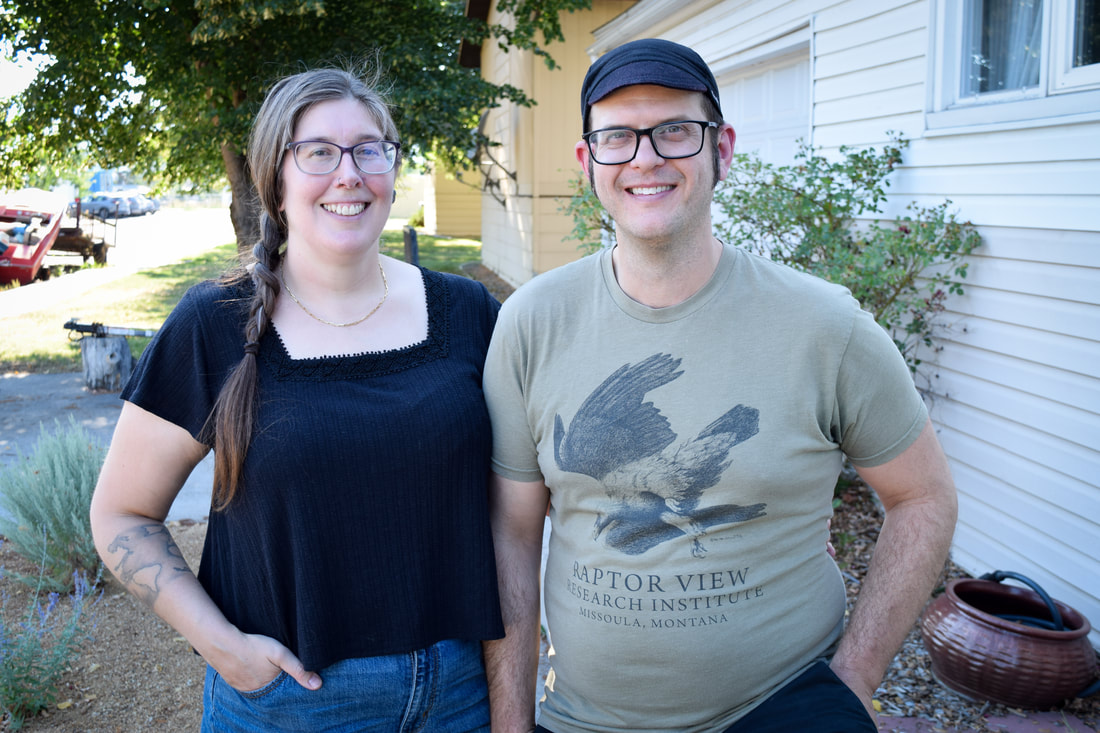
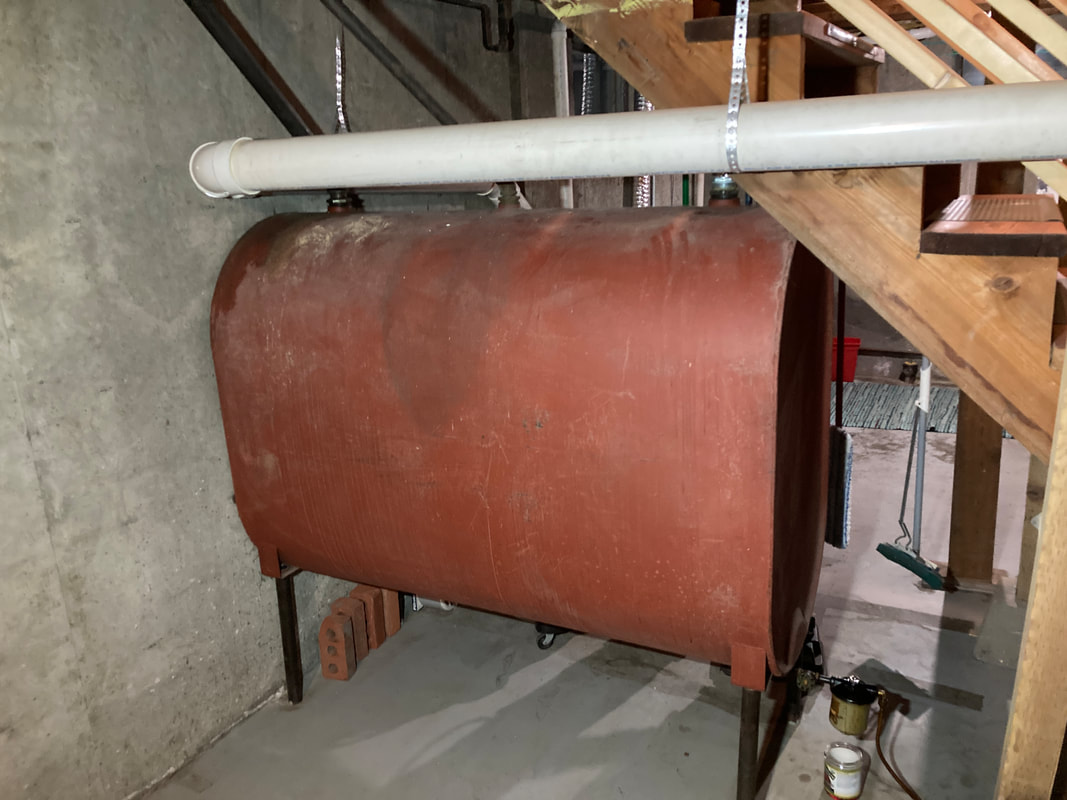
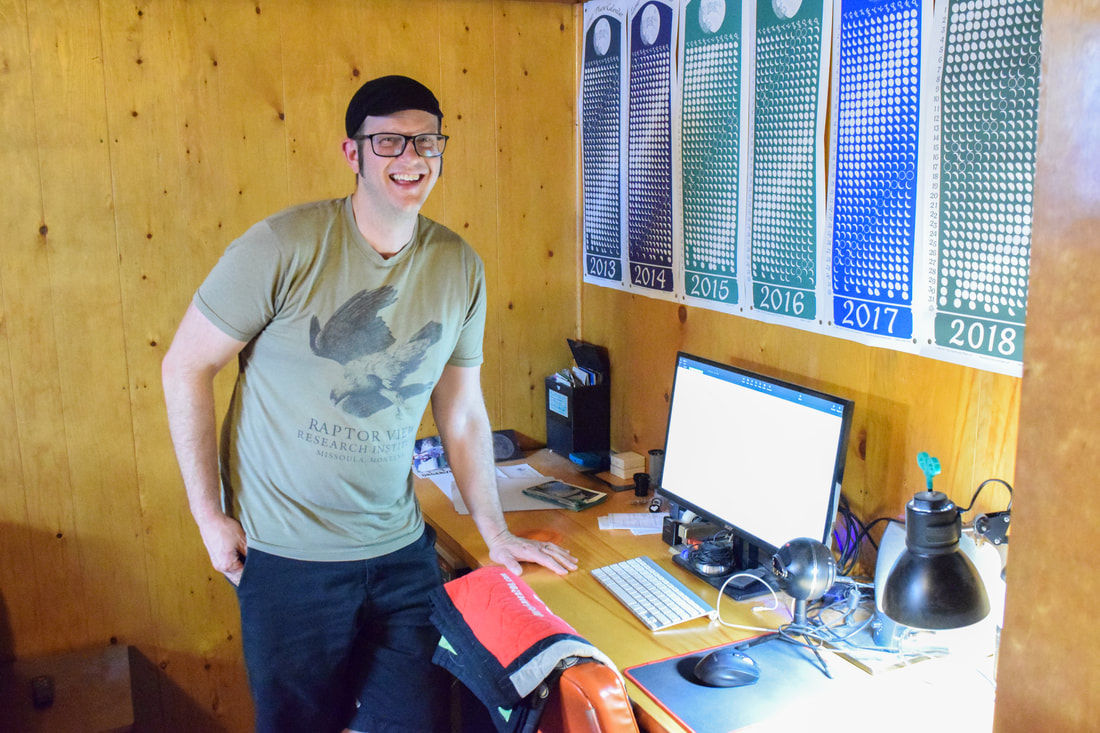
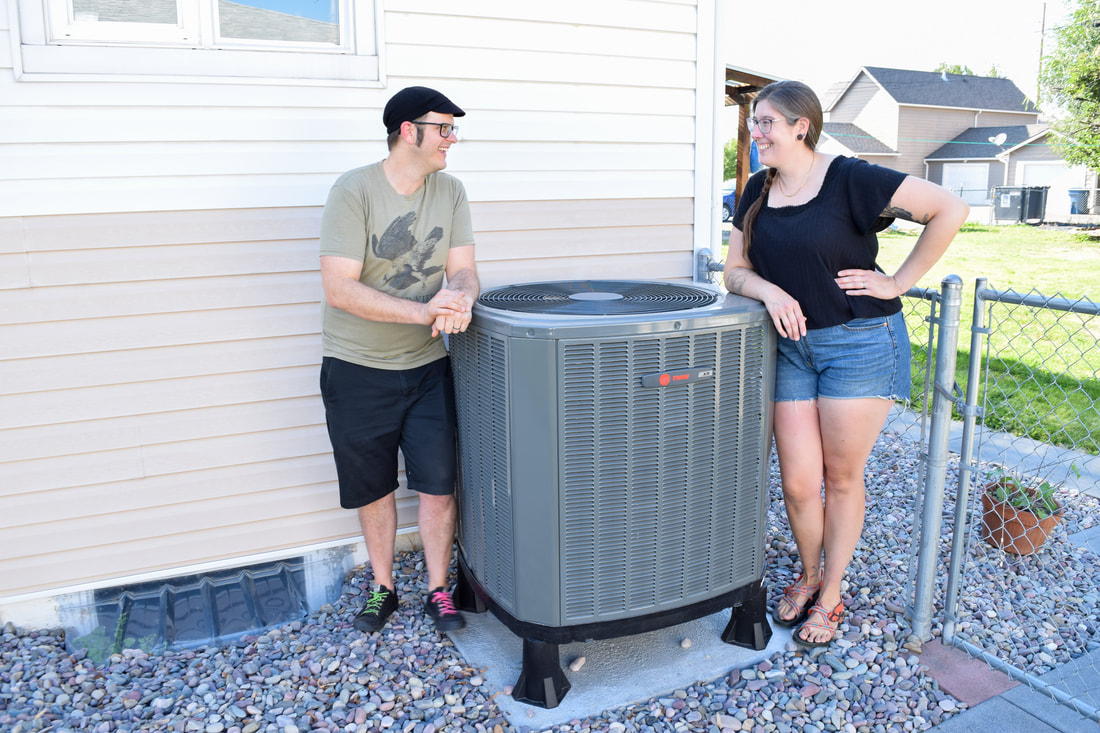
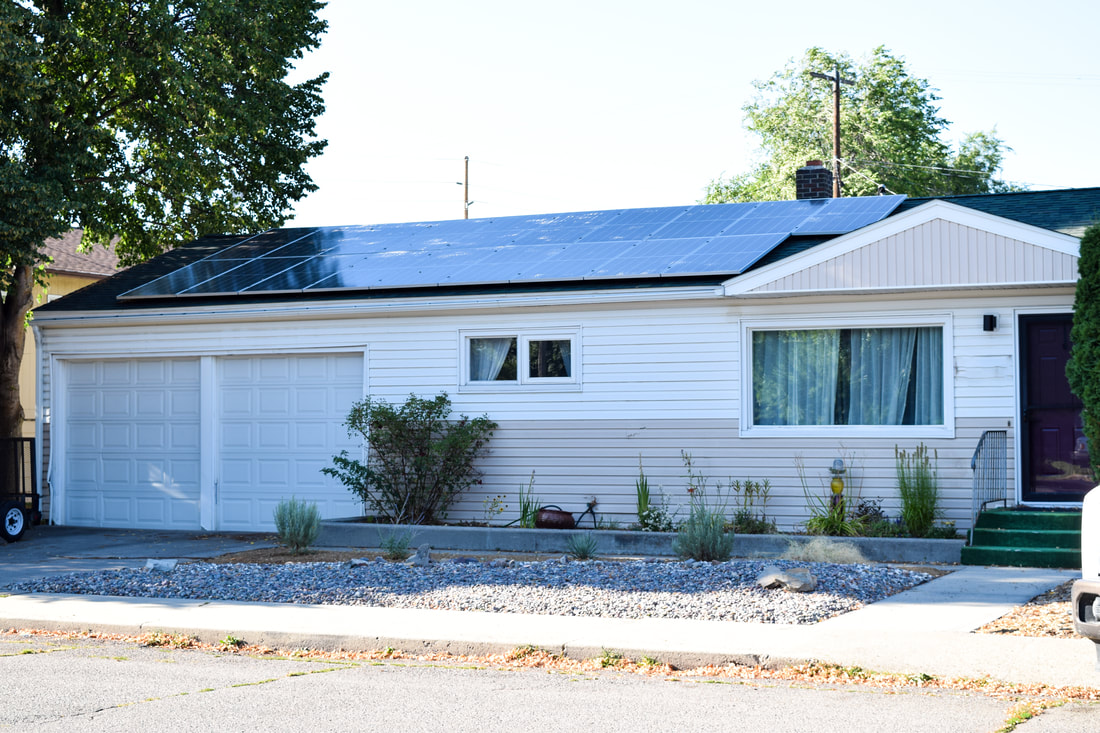
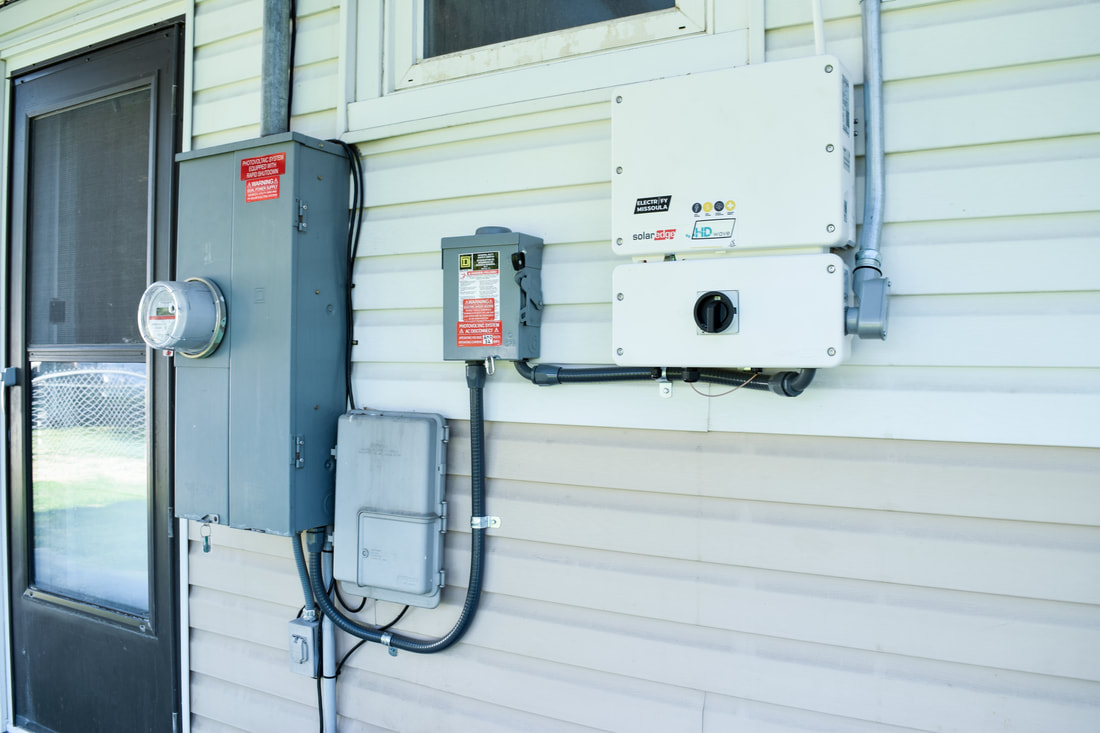
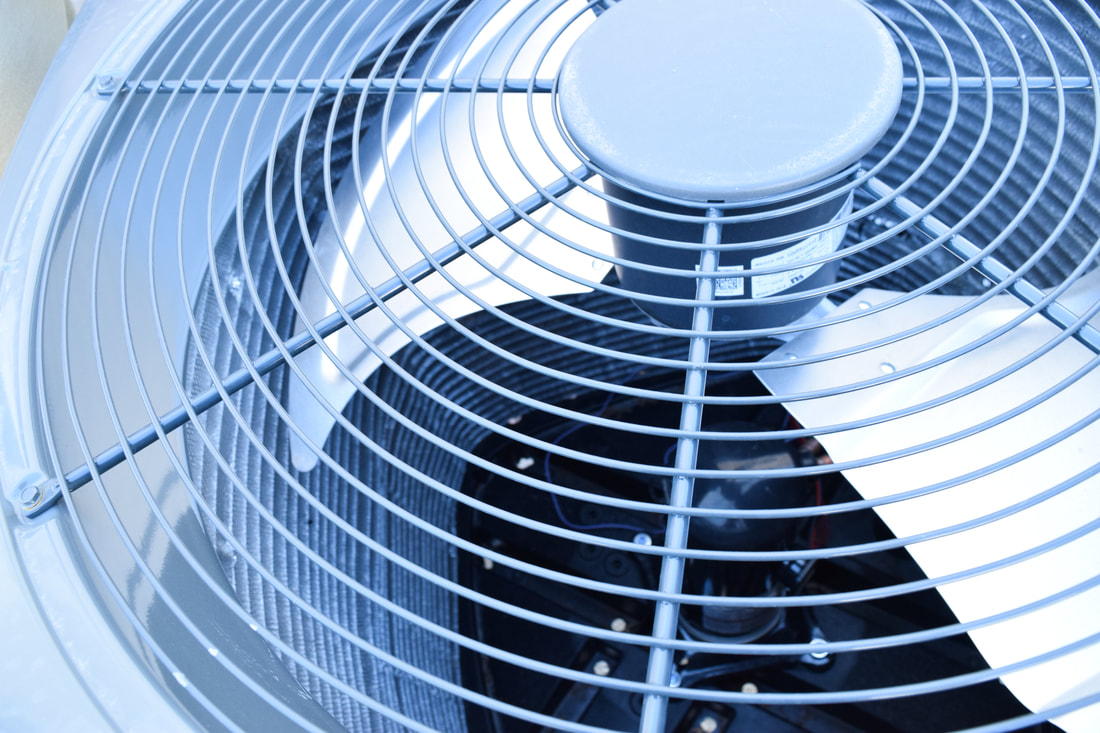
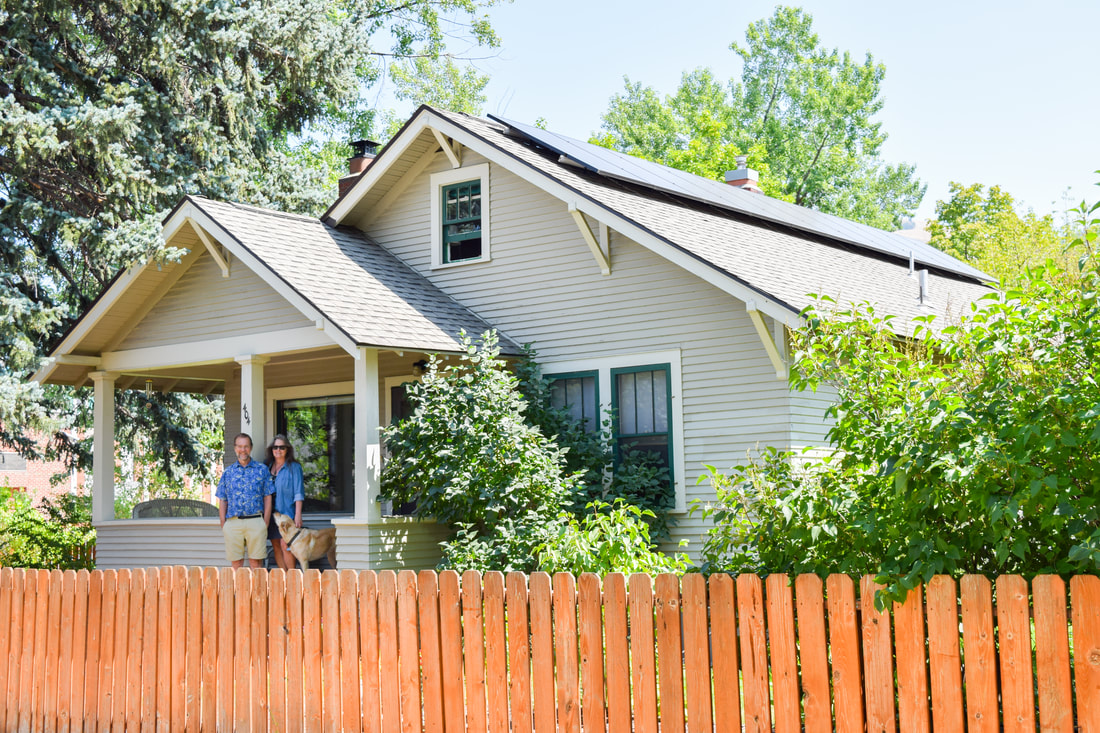
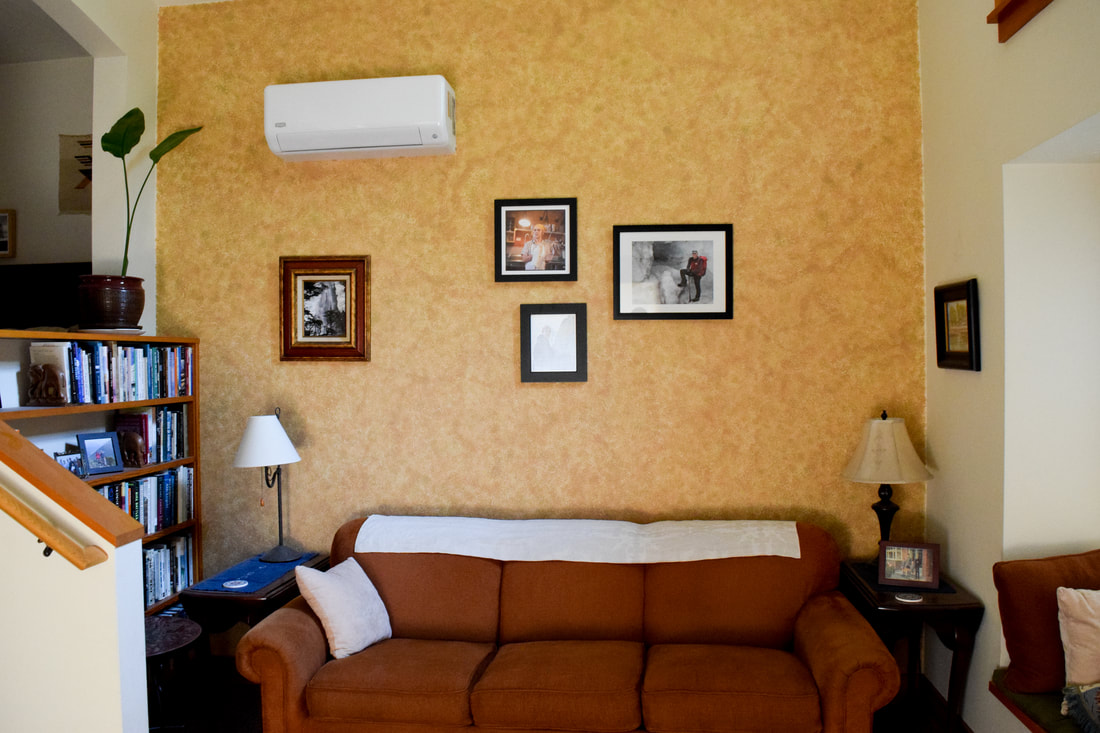
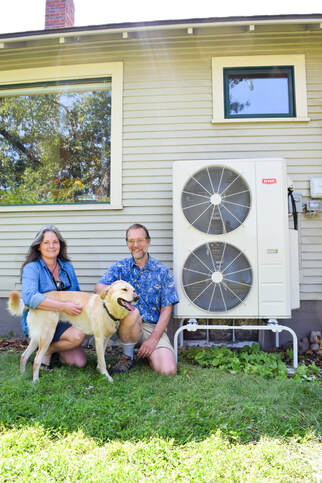
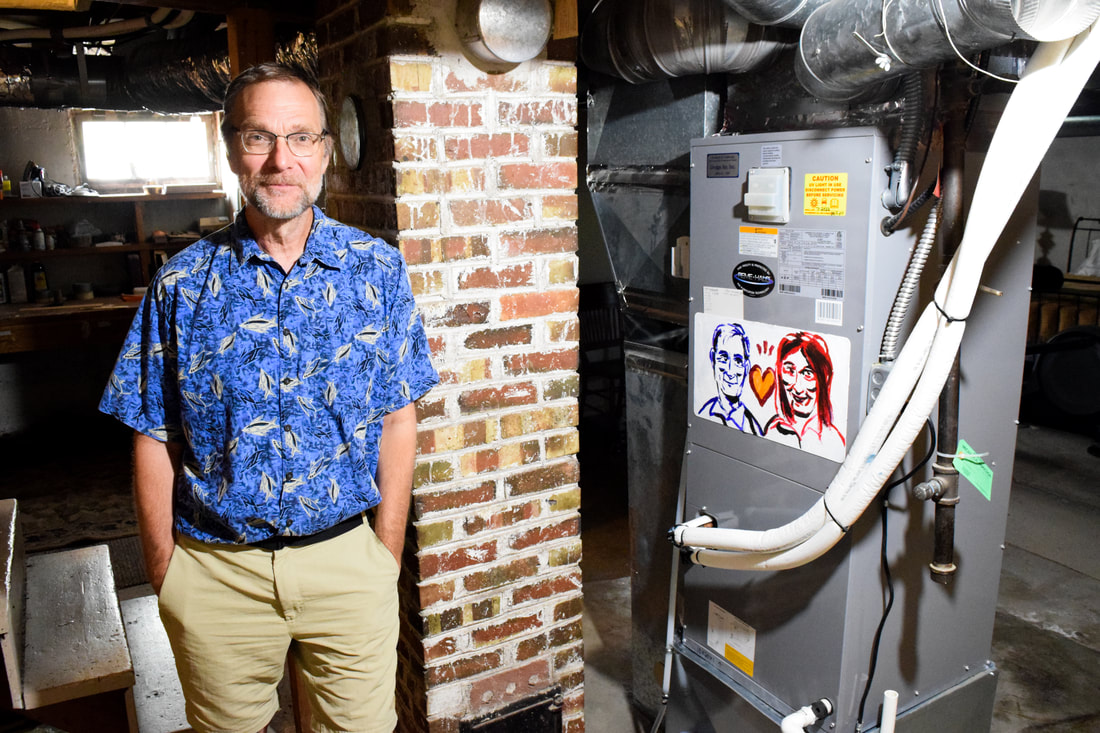
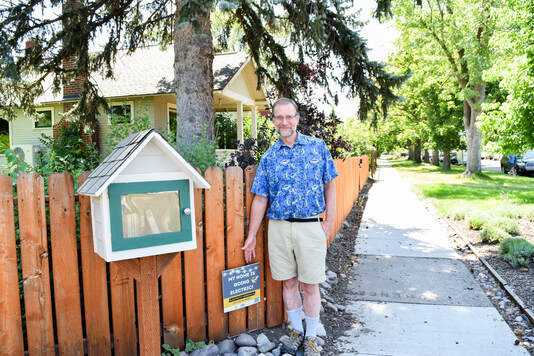
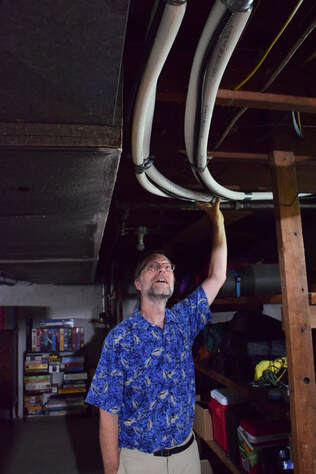
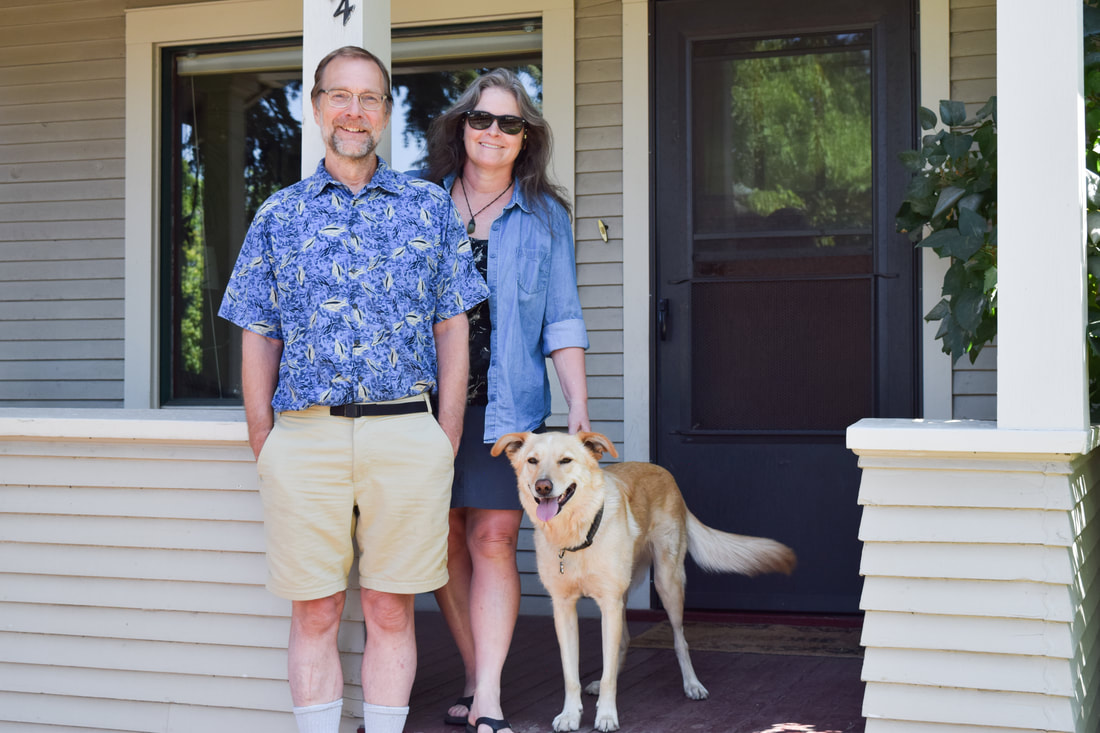
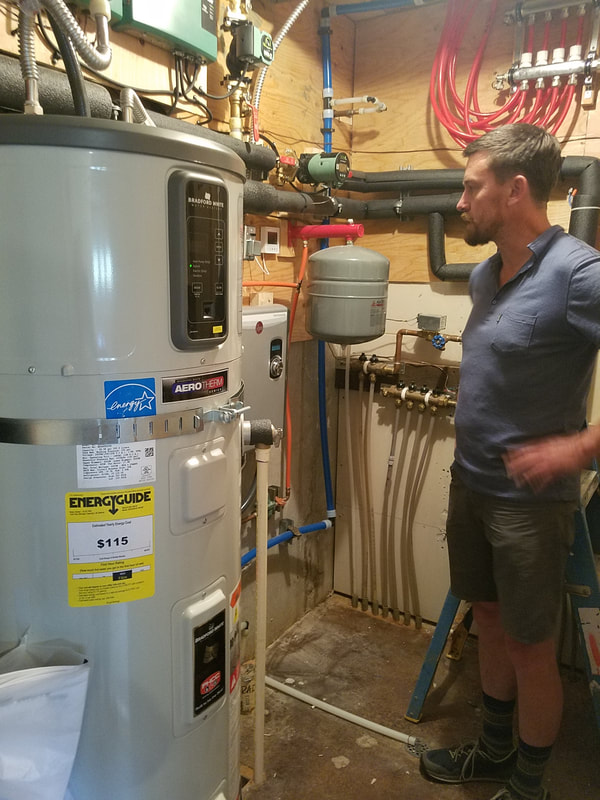
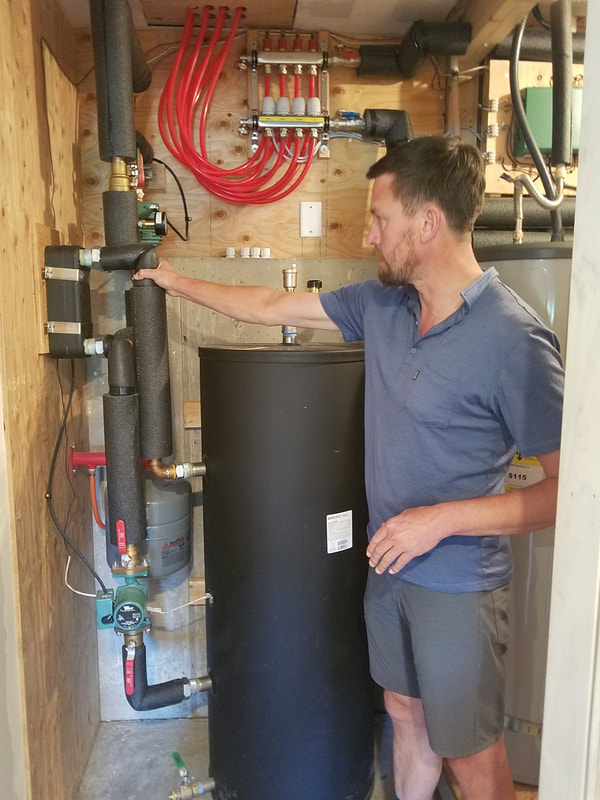
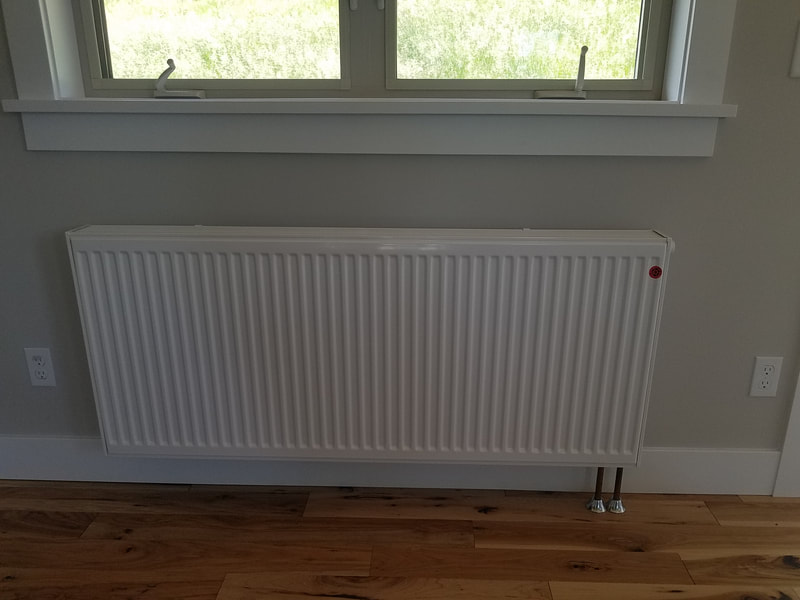
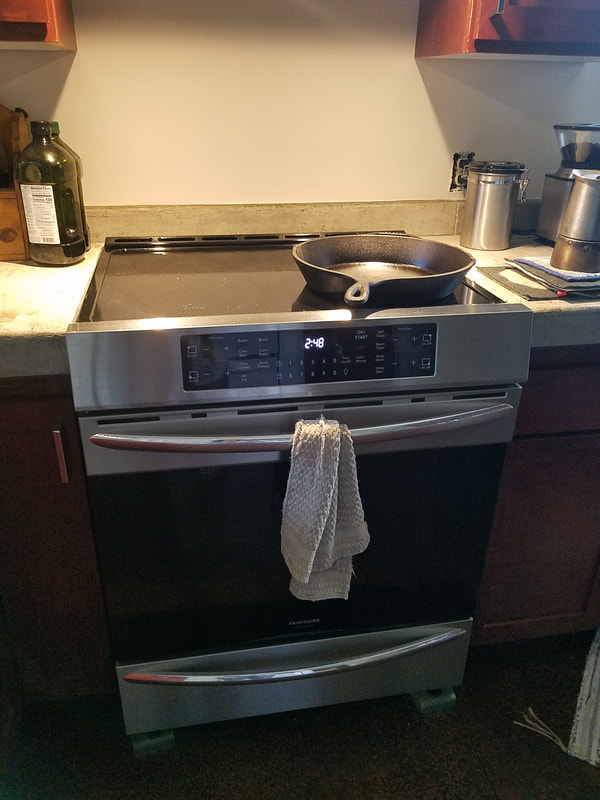
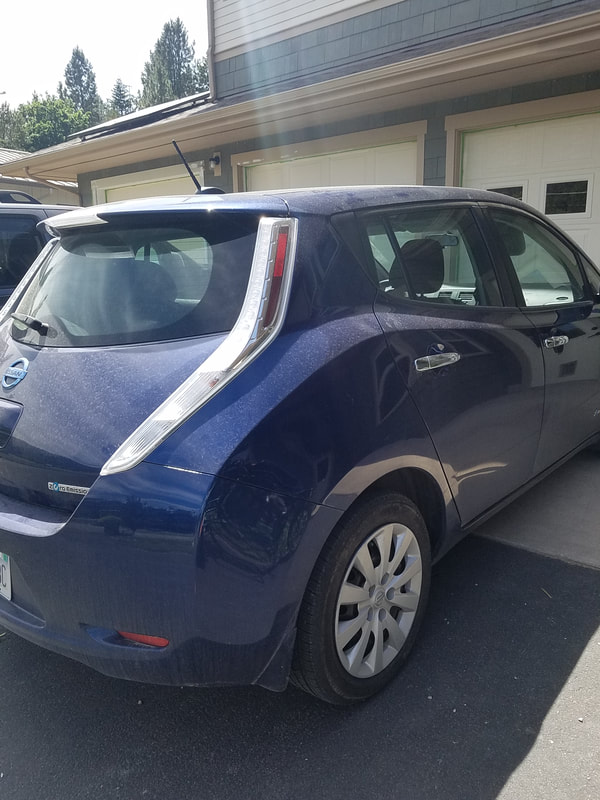
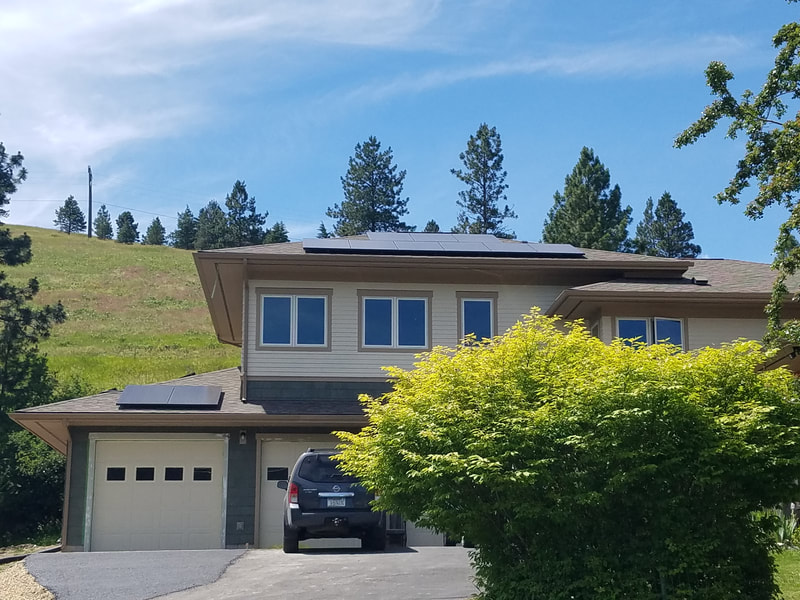
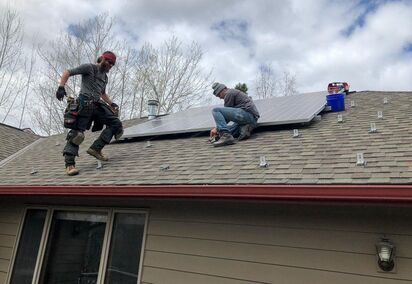
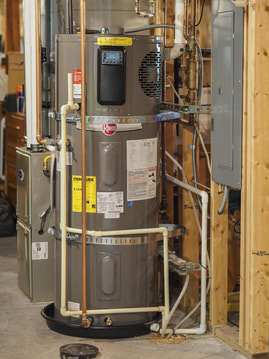
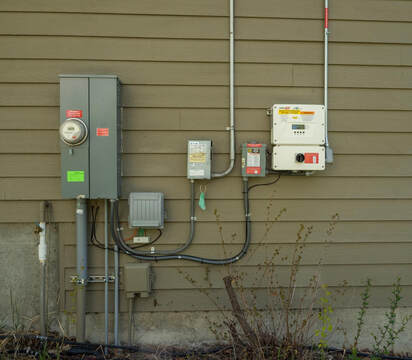
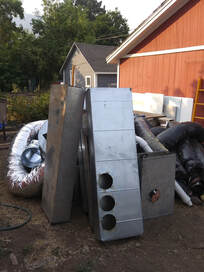
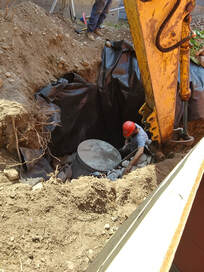
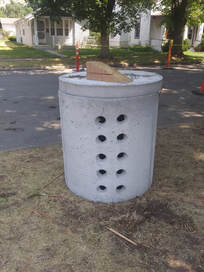
 RSS Feed
RSS Feed


